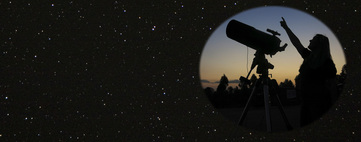On the evening of the 30th June, Venus and Jupiter were only 0.5 degrees apart, there was a lot of cloud in the sky but I managed to get an image, which was just great…you can also see the moons of Jupiter around the planet, which was quite amazing to capture with just a camera lens :-)
|
This beautiful conjunction between Venue and Jupiter has been going on now for over two months and has been a delight to watch and photograph. On the evening of the 30th June, Venus and Jupiter were only 0.5 degrees apart, there was a lot of cloud in the sky but I managed to get an image, which was just great…you can also see the moons of Jupiter around the planet, which was quite amazing to capture with just a camera lens :-) Photo 1. A very close encounter between Venus and Jupiter on the 30th June 2015 they are only 0.5 degrees apart, you can see the moons of Jupiter in the image even with all that cloud cover. Image taken with a Conan 7D camera and a 70-200mm lens F2.8 lens @135mm, ISO 1250 and a 4 second exposure…slightly cropped. On the evening of the 18th July a new crescent Moon joined the planet to make another pretty celestial triangle in the night sky, just like they did last month. Photo 2. Another pretty celestial triangle between Venus, Jupiter and the new crescent Moon on the evening of the 18th July 2015. Image taken with a Canon 7D camera and a 17-85mm lens @64mm ISO 800 and a 4 second exposure.
0 Comments
It’s only 2 days now until humankind will be enlighten by the images and science taken from the New Horizons spacecraft that will fly by this enigmatic small world called Pluto. The New Horizons spacecraft left Earth in January 2006 for a journey that has lasted over nine years to finally arrive on Tuesday the 14th July at 9.50pm (AEST). This is going to be an amazing moment in history…to see what this planet (dwarf planet) really looks like that’s nearly 6 billion kilometres away from us. The DSN tracking station at Tidbinbilla in Australia will be tracking the spacecraft during the flyby, so Australia is again playing a crucial role in the space mission. In August 2006 the IAU demoted Pluto from being a fully-fledged member of the solar system to being a dwarf planet along with Ceres in the asteroid belt and numerous other bodies discovered beyond Pluto in an area known as the Kuiper belt. Yes, it was a very controversial issue at the time and I would say still is…because before the classification NASA has already sent this robotic explorer off to discover exactly what this far orbiting body was really made of…these are indeed very exciting times, its been a long time since we’ve seen another new world in our solar system like this. Pluto has been in the imagination of humans since its discovery by Claude Tombaugh who first discovered the rocky world in 1930. We all grew up with this little planet being known at the 9th planet in our solar system Pluto has always held a fascination for children, I think because it was so far away from the Sun and very tiny they felt an affinity with it, plus they really loved its name…now we all know that a feeling like this is not what you call ‘real science’ but it seems quite remarkable to me that the first real close up image that’s been taken shows an incredible heart shape feature on the surface…now isn’t that quite extraordinary! Soon we will see it with our own eyes, thanks to the continued vision from the people at NASA and all the scientists that truly believe in the exploration of the universe we live in…thank you NASA for your vision and sharing that knowledge with all humanity.
Please go to the websites below for more information and to witness live coverage of this wonderful event: https://www.nasa.gov/mission_pages/newhorizons/main/index.html http://solarsystem.nasa.gov/planets/plutotoolkit.cfm http://www.cdscc.nasa.gov/ http://solarsystem.nasa.gov/docs/New_Horizons_fact_sheet_2015.pdf http://www.nasa.gov/multimedia/nasatv/ http://solarsystem.nasa.gov/docs/Pluto_Encounter_NASA_Televised_Events_Plan.pdf The children from my Stardust Junior Astronomy Club had a lot of fun doing up a poster for the arrival of the New Horizon’s spacecraft, which arrives at Pluto on the 14th July 2015 at our July astro meeting.
Children just love this little planet and they are so excited about seeing the real images that will be taken…most of these children were not born or were just a baby when the spacecraft launched from Earth back in January 2006, so this gives them a real feel for how long it takes to do space travel. I will post this poster to the New Horizons Team at NASA’s JPL headquarters and all the children hope they like it…they may even put it up on there wall…now that would be just wonderful :-)) The Stardust Junior Astronomy Club is my pet project with young children, which I run at the Runaway Bay Library on the Gold Coast…we just have a lot of fun learning about astronomy and space :-) This is a wide field view of the south polar area of the sky to capture the rotation of the stars…but in fact, it’s the Earth rotating under the heavens that causes these beautiful coloured concentric star trails.
In the southern hemisphere here in Australia, we don’t have a bright star like Polaris that shines brightly in the northern hemisphere. All we have here to align our telescopes is a small 5th magnitude star called Sigma Octans…which can be very hard to find in the suburbs! To take a picture of a beautiful startrail you could use this method. First of all attach your DSLR camera onto a tripod and use a wide field lens and fully open up the aperture, then set your setting to (B) bulb so you can have complete control on how long you want the exposure to take. Use a cable release lead to start the exposure and when you are finished gently close it. Now where do you point the camera? Use a compass and face south…where do you point the camera to capture the celestial pole? Find out your latitude and use that to measure up the sky from your horizon and point the camera in that direction eg: I live at 28degrees south so I roughly measure 28 degrees up from the horizon looking directly south, Once you take a few test shots you will see that you’ll have the pole somewhere in the frame. Now this is important…do some test shots first, bump up the ISO to 1600 or more and do a shot for a few minutes, you will start to see the rotation of the stars and also if you have good focus…don’t forget to set the ISO back down to ISO400 or 200. (Also I always let the camera do its own dark frame in the camera, which will shut down and take the same time as the exposure…so watch out for your battery life) Image taken with a Canon DSLR camera and an 18-55mm lens set at 18mm, exposure time was for 50 minutes with ISO 400 and aperture f3.5. Have fun and enjoy taking some wonderful startrails, try and do it in the darkest sky possible and include some trees or rustic buildings, anything you like so you can include the earth in the image :-) |
AuthorI just love being under the heavens, come on a journey with me and I’ll share some of the amazing wonders of the Universe with you. Noeleen :-) Archives
July 2024
Categories
All
|
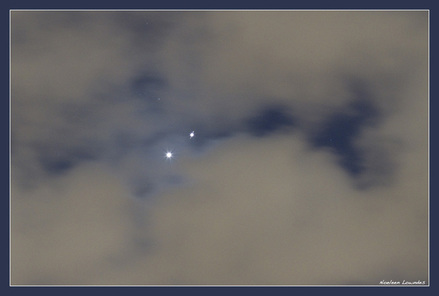
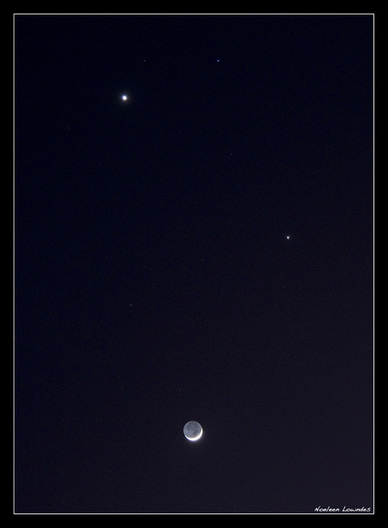

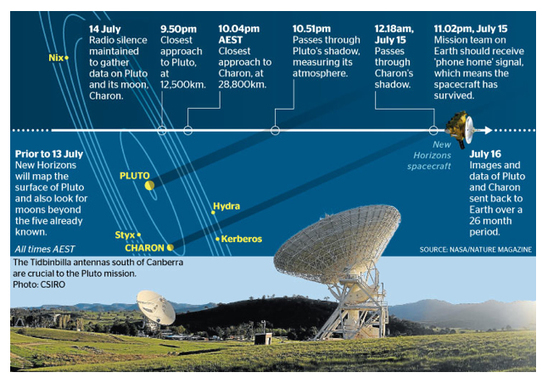
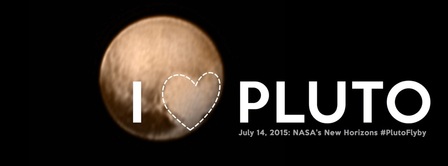
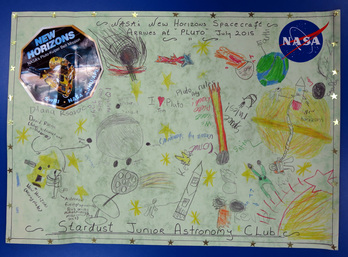
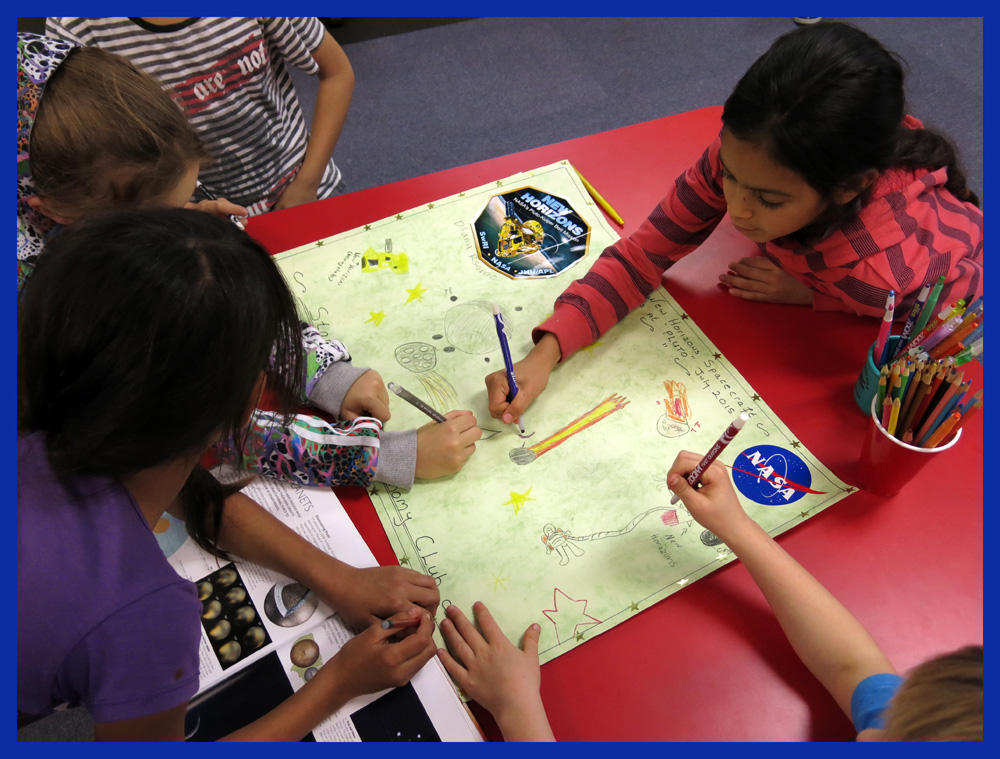
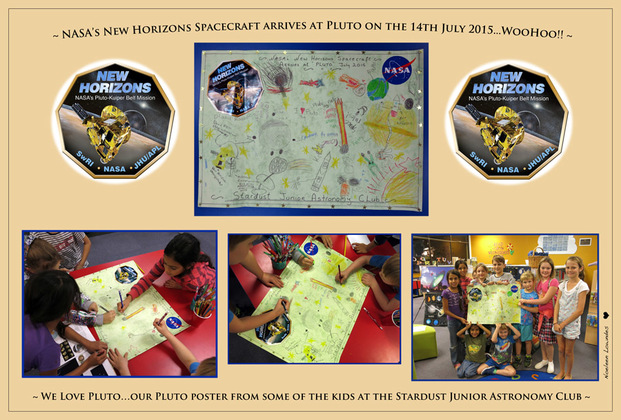
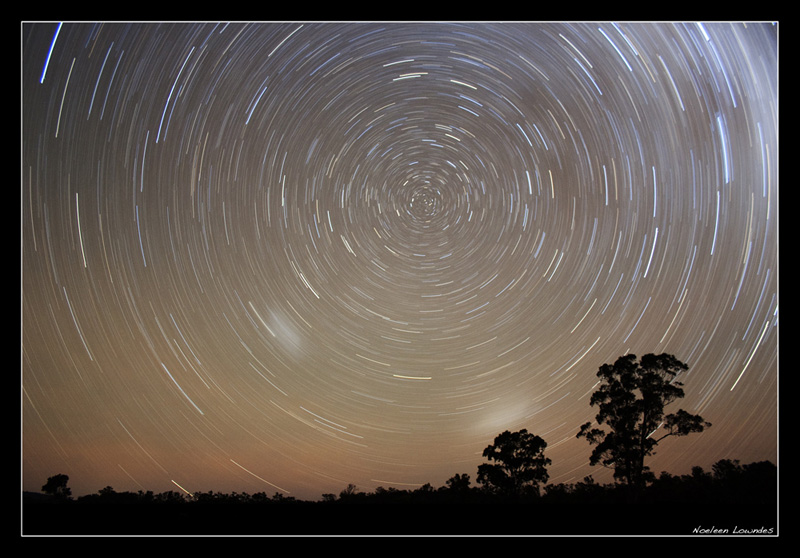
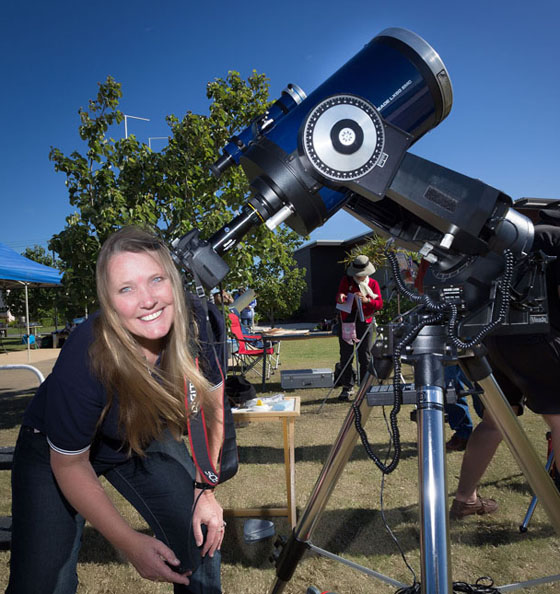
 RSS Feed
RSS Feed
